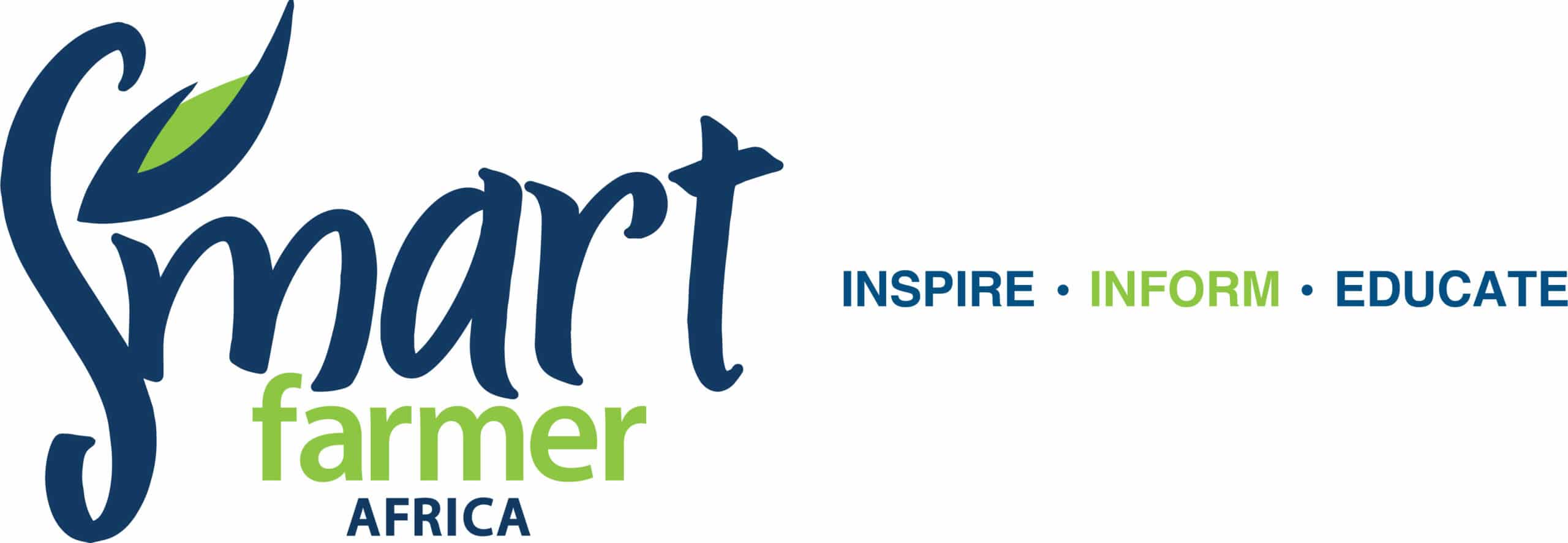Planning your farm for success
We start this agribusiness section with an article, describing what successful entrepreneurs tend to be and do. Here, we look at what is important in ensuring efficient agricultural production.
Production is largely a technical process. If you copy the practices of the best farmers and keep abreast of advances in technology, chances are you will also be a good producer.
However, there are a number of questions you must ponder before you get started.
They include the following:
- The kind of farm do you want to start?
- What do you know about growing those crops or raising that type of livestock?
- What is the production cycle?
- Some of the key management factors in producing high-quality results?
- How is production success measured against the performance of other farmers in the industry?
- What level of technology should you use?
- What government programmes provide assistance to farmers in this type of venture?
Nothing takes the place of a real, practical experience. If you have no experience in dairy farming, spend some time with someone already doing it. You can learn a lot from talking to successful farmers and asking extension officers questions.
Farmers are always willing to share their experiences with someone who is keen to learn from them. Find one who can share some management secrets with you. Even if you must volunteer your time, it is well worth the investment.
Many financial institutions will not consider your loan application seriously if you cannot demonstrate some practical knowledge.
Farm finances
Record Keeping
If a group of farmers were to be asked what task they dislike the most, it would probably be “bookkeeping!”
Unfortunately, you will not find any advice here that will make this chore fun, but it is absolutely essential in ensuring your success in business. In many small businesses, people only keep enough information to satisfy themselves.
This practice completely ignores the value of good, timely financial and production records in farm management.
How will you know that feed expenses are higher than they should be? How will you know if you can afford to buy that new tractor? Are making money?
Using a record keeping system designed for your business will help you to identify problems and solve them before they become unmanageable.
These systems do not have to be complicated or expensive – in fact, a simple book record is enough.
You will also want to have a system that also keeps track of your production assets, liabilities and ownership investment. There are many bookkeeping/ accounting software packages on the market that make this task easier and allow you to receive the management reports needed to make good decisions.
Also, ask for help from an accountant or bookkeeper, especially when setting up your system. Their advice that can save you time and money in the long run. Consider this an investment in the business, which is just as important as acquiring an additional cow or a tractor.
Budgeting
This is a plan of how you intend to spend your money. Budgeting is important, as it will give answers to a some things that are important for the successful launch of your farm.
Questions that require a detailed budget are as follows:
- Can you afford to buy or start a farm?
- How much money will you need to borrow for the farm and the first few years of operation?
- What size farm do you need to provide the income you wish to have?
- Depending on the type of farming business you plan to have, the projections should be five or more years into the future.
Proper budgeting relies on financial statements that include balance sheets, cash flows and income and expense statements.
What is a balance sheet?
This is a summary of what your business owns (assets) and how those items were financed (liabilities and equity). It is ‘balanced’ because assets = liabilities + equity
The first balance sheet you prepare should represent your financial state on the first day of business.
At the end of each projected year of business, another balance sheet should be prepared based on the cash flow and income statements of each of those periods.
Cash Flow Statement
The cash flow statement is a projection of the timing and amount of cash flowing into the business from all sources, including loans, sales, government grants and owner’s contributions, and the timing and amount of cash flowing out of the business in operating expenses, capital purchases, loan payments and withdrawals for living costs. These statements are prepared for each year divided into weekly, monthly (most common) or quarterly periods.
Many farmers will project cash flow out to five years. These projections are necessary to determine if sufficient cash will be generated and available from the business to cover expenditure.
The time and amount of cash deficits can thus be measured and you can then negotiate an operating line of credit at the bank or other lending institution well ahead of time.
The cash flow also provides information on cash balance, operating loan and equity adjustments for the balance sheets.
ALSO READ: how-to-keep-records-on-your-farm
Income and Expense Statement
The final statement needed to complete the trio of financial records used to project the business into the future is the Income and Expense
Statement (more commonly called the Income Statement).
It provides an estimate of the net income for each year of the business.
Although many of the items in this statement are included in the cash flow, it is important to recognize that the calculation of net income includes some non-cash items, such as depreciation on buildings and equipment, and excludes some cash items, such as principal payments on loans, capital purchases and sales and owner’s withdrawals.
Financial Analysis
Simply preparing the series of statements is not enough. You need to analyse the results to ensure that you are within reasonable parameters in the progress towards your goals. Once you are in business these same techniques are used to analyse past performance, too.
The three most important areas for analysis are liquidity, solvency and profitability.


